By Richard Rule
In a desperate bid to avoid another war in Europe, both Britain and France signed the notorious Munich Agreement in 1938, which annexed the Sudetenland of Czechoslovakia to the Nazis. One of the first political casualties of this shameful capitulation was Czech President Eduard Benes, who resigned in despair and fled to England.
Within six months, Czechoslovakia’s newly elected president, Emil Hacha, would discover that Hitler’s designs on his country were not yet finalized. On March 14, 1939, the aging Hacha was summoned to Berlin and threatened with the destruction of his nation if he did not accept the peaceful incorporation of Czechoslovakia into the Greater German Reich as the Protectotarate of Bohemia and Moravia. Hacha fainted but upon being revived reluctantly agreed to Hitler’s demands. At 9 the following morning, crowds of grief-stricken Czechs sang their national anthem as German troops marched triumphantly into the golden, historic capital city of Prague. Few could comprehend that while they were sleeping their 20-year-old Czechoslovak Republic had ceased to exist.
After two years of German occupation the humiliated Czechs had wearily resigned themselves to life under the heel of their harsh German rulers, but further misery was to come. Believing that treachery loomed in the Protectorate, Hitler appointed 37-year-old SS Obergruppenfuhrer (General) Reinhard Heydrich to the key post of Reich Protector of Bohemia and Moravia. The stage was set for Operation Anthropoid.
Reinhard Heydrich: Military Governor in Czechoslovakia
Heydrich had enjoyed a spectacular and meteoric rise to prominence within the Third Reich in his role as SS leader Heinrich Himmler’s deputy and founding head of the Nazi security apparatus.
Tall, handsome, and cultured, the fiercely ambitious Heydrich epitomized the Nazi ideal of the cold, hard, emotionless SS officer. Exquisite manners and charm complemented by an impressive military bearing were, however, notable attributes that served only to disguise his true character. As a driving force behind the “Final Solution” to the Jewish Question, Heydrich had shown himself to be a mass murderer utterly devoid of moral scruples, pity, or qualms of conscience.
The unsuspecting Czechs would soon learn for themselves that in Heydrich, Hitler had delivered into their midst inhumanity personified.
With sinister black SS flags now adorning Prague’s Hradcany Castle, Reinhard Heydrich was installed as military governor of the Czech lands on September 23, 1941. Looking resplendent in his SS uniform, a stern-visaged Heydrich immediately outlined his agenda for the Protectorate to a select gathering of key Nazi officials; it was clear to all that he would adopt a hard line right from the start.
The modern Czech factories already supplied up to a third of Germany’s armaments, but with the war expected to continue for a lot longer than first thought Heydrich would drive the workers to deliver more. “My task,” he declared, “is to teach the Czech people that they cannot deny the reality of their relationship with the Reich, nor avoid the obedience that the Reich demands.”
With the SS now controlling the levers of power, the people would be encouraged to work harder for the Reich through a mercilessly orchestrated campaign of unrestricted terror and bribery—the carrot and the stick. To guarantee their loyalty, however, Heydrich was determined to bend the Czechs to his will. But first he would bring them to their knees.
Heydrich’s Brutal Reign
True to his word, Heydrich’s vision of horror quickly became a reality as the stick, clutched firmly in the iron fist of the Nazi security apparatus crashed down on the hapless population. With ferocious energy, the razor sharp talons of the “New SS Order” ruthlessly set about not only crushing any formal or suspected resistance but eliminating those among the intelligentsia and Czech military likely to arouse nationalistic fervor. Heydrich’s cold-blooded brutality during this period of inexorable violence and murder impressed even hardcore SS officers, who, unshackled by any legal or moral restraints, carried out their duties with unflagging zeal.
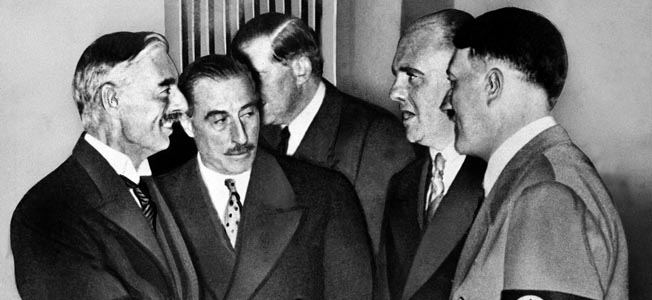
Heydrich’s reign of terror was sophisticated, thorough, and relentless. In coordinated security operations the Gestapo dragnet swept nearly 5,000 Czech suspects into the prisons, 400 of whom were immediately sentenced to death and their relatives forced to pay the cost of the execution.
As savage German repression swept across the country, the brutalized Czechs could not comprehend why they were being subjected to such vicious punishment; no matter what they did to placate the “Butcher of Prague,” his thirst for blood remained insatiable. Within a matter of weeks the SS began herding the first of Prague’s Jews into the ghetto established in the fortress town of Terezin (Theresienstadt) 40 miles to the north. Of the nearly 94,000 men, women and children transported out of Terezin to the death camps during the war, fewer than 3,500 survived to see liberation.
President Emil Hacha’s reluctant policy of collaboration with the Germans had been instigated to spare the people from this type of senseless bloodshed. His objections, however, to this maelstrom of murderous German oppression, fell on deaf ears; Heydrich and his Czech-hating SS deputy, Karl Hermann Frank, were left completely unmoved by the suffering of the people.
Loosening the Screws
Then, just as suddenly as the storm of SS violence had commenced, it stopped.
Heydrich understood perfectly that the use of terror had its place, but he also knew that for psychological reasons there would have to be a strict time limit so as not to push the people “to the point of explosion and self destruction.”
By design Heydrich had given the Czechs a chilling but short-lived demonstration of what awaited those who opposed him. It was now time to show the people the benefits of working loyally for the Nazi regime—the carrot.
With visible repression dramatically toned down and a steady decrease in the number of executions, Heydrich set about cultivating and fully exploiting the vital support of the working classes. To maintain a state of appropriate subordination, he deemed that “the Czech workers must be given their grub,” and to this end he set in motion a “shop floor campaign” to ensure that they received it.
Those employed in the armaments field began receiving extra rations and enticing labor incentives while their families benefited from far-reaching social reforms and state-funded welfare schemes. The now seemingly benevolent Heydrich toured the factories, heaping praise on the diligent staff and encouraging them to strive for even greater productivity. On a cultural level, he openly sponsored the arts and became a regular attendee of the opera, where he and his wife were fêted like royalty.
Heydrich’s purely cosmetic veil of generosity left the Czechs completely bewildered, but they nonetheless wholeheartedly embraced this sudden change; many may have loathed Heydrich but few harbored any desire to actively resist him.
It was soon apparent that the carrot was having a very positive effect; the increased volume and quality of weapons being churned out of Czech factories staggered even the Germans. The despotic Heydrich, part monster part operational genius, was at the height of his power. With the population pacified and the Czech armaments industry integrated into the war economy of the Reich, Heydrich’s stocks had risen enormously in Berlin. Hitler was extremely impressed.
Operation Anthropoid: The Plot to Assassinate Reinhard Heydrich
In London, Benes was deeply troubled by reports that Czech industry was openly collaborating with the Nazis. Heydrich’s success in binding the nation’s lucrative agricultural and industrial resources closer to the Reich was not only disheartening but also a serious political problem.
Benes feared that in postwar Europe the victorious Allies would neither negotiate with a Quisling nation nor intervene to stop a communist takeover. To obtain bargaining power, Benes would need a dramatic demonstration of Czech resistance to Nazi oppression, but it was easier said than done.
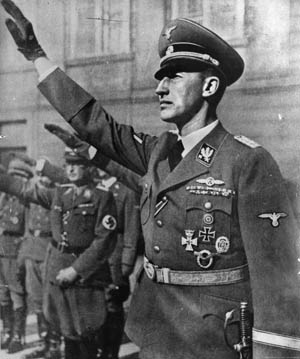
With Heydrich’s security crackdown virtually ruling out major sabotage, Benes explored the possibility of assassination. There was no shortage of enthusiastic high-profile Czech traitors to choose from, but to make an impression on the Allies and maximize the propaganda impact, there was really only one viable target —Reinhard Heydrich himself.
The British did not object to the Czech proposal for a political assassination. It was actually part of the SOE (Special Operations Executive) charter, but they were fearful of savage German reprisals. Benes no doubt shared these concerns but in the long-term interests of his nation, he gave Czech military intelligence the order to terminate Heydrich’s grisly career. A match had been controversially struck to the fuse; it would remain to be seen whether Benes would take responsibility for the explosion.
In England the SOE had already begun sending Czech patriots back into the Protectorate, but their successes had been minimal. Most agents were quickly killed or compromised and their missions abandoned. Despite this backdrop of dismal failure, the SOE was approached by the notoriously secretive Czech intelligence community to provide logistical assistance.
If the perilous operation, code-named Operation Anthropoid, was to have any chance of success it would need skilled, courageous men who could be relied upon to carry out their orders under extreme duress. After an extensive search, two candidates, Josef Gabcik and Karel Svoboda, were selected. Both were senior Czech NCOs in the Free Czechoslovak Army in Britain and, despite not knowing the nature of the mission, both volunteered without hesitation.
The exiles were anxious to strike as soon as possible, but the British would not move until the two soldiers were adequately trained for the task at hand. The Czechs conceded to wiser counsel but were frustrated by a further delay when Svoboda was injured and had to be replaced by another Czech, Jan Kubis.
The early setbacks for Anthropoid had been difficult for the Czechs to endure, but with the team now finalized, preparations began to move ahead quickly under a cloak of great secrecy—not even the home resistance were informed of the operation.
Gabcik and Kubis underwent grueling training at Cholmondely Castle in Cheshire and at the SOE Special Training School in Scotland. The British believed that with the supremely arrogant Heydrich carelessly spurning normal security precautions he would be at his most vulnerable while traveling in his open-topped car. To this end, the men were trained in the methods of attacking a moving vehicle using a sten gun and modified antitank grenades. The Czechs had been given the best training possible, but it was clear from the outset that the success of a mission like Anthropoid would ultimately rely on the initiative of the assassins. Once they left the aircraft, they would be on their own.
A Bad Landing
By late December all was in readiness, and the two Czechs boarded a RAF Handley-Page Halifax bomber along with seven other agents destined for operations in the Protectorate. One of these men was the hard-drinking Karel Curda, a man they were destined to meet again but under very different circumstances.
The two agents knew they were undertaking a virtual suicide mission, but as Gabcik climbed into the aircraft he turned to the Czech intelligence officer who had overseen their training. “You can rely on us, Colonel,” he said. “We shall fulfill our mission as ordered.” A few minutes later the large four-engine bomber took off from Tempsford aerodrome, climbed into the night sky, and soon disappeared into the gloom on its long, hazardous flight deep into occupied Europe.
Hours later the Halifax finally approached the drop zone, but the pilots were confronted by a landscape completely blanketed in snow-obscuring roads, towns, and other vital landmarks. Pinpointing the landing zone was virtually impossible, but rather than abandon the mission the decision was taken to drop the agents at an approximate position and hope for the best.
So, in the early hours of December 30, 1941, the two patriots parachuted into the frigid night sky over the Protectorate, but Gabcik hit the ice awkwardly and badly injured his foot.
It was the worst possible start.
Rendezvousing With the Resistance
After burying their parachutes, the two insurgents labored through the snow to find shelter. The going was tough, and neither of the men recognized where they were—nothing looked remotely familiar. Eventually stumbling into a quarry, the two dejected Czechs knew that with Gabcik’s foot getting worse by the minute they faced an uphill battle to carry out their mission. The mood was grim, but just when all seemed lost they were discovered by the local miller who had been awakened by the British aircraft.
The joy of seeing a friendly face was tempered by the news that they were over 20 miles from Prague and hopelessly separated from their emergency contacts in Plzen. The miller offered to put them in touch with a resistance group in the capital, but the agents hesitated. For security reasons they had been instructed to avoid dealing with the locals, but given their gloomy prospects they had little choice.
Four days later they were spirited to Prague and into the hands of the resistance, which provided new papers, refuge, and medical attention for Gabcik’s foot, which would take eight weeks to heal.
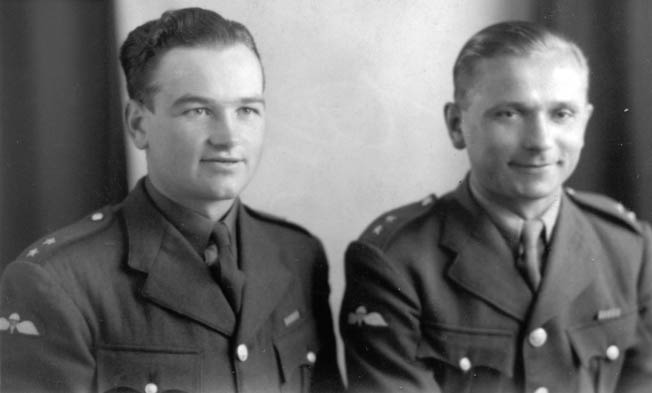
At the heart of this resistance network was Marie Moravec who, through her tireless work with the Red Cross and Tuberculosis League, had established vital connections within Prague for her clandestine work. Aided by her 17-year-old son, Ata, “Tante Marie” Moravec was an integral and trusted member of the local resistance, and the two assassins often stayed in her house and grew very close to the Moravec family.
In London, meanwhile, the Czech intelligence service was worried. Six weeks of silence had elapsed since their two agents had arrived in the Protectorate, and if they had been captured or killed, the Czechs would have to send others. The assassination was too important to cancel. In desperation, they finally broke their own rules and radioed the resistance in Prague and were relieved to discover that while Anthropoid had gotten off to a rocky start the agents were in safe hands—it was now a waiting game.
Cold Feet in the Resistance
Finally Gabcik was fit enough to move and he and Kubis began secretly making preparations. Long, tedious weeks were spent building a detailed picture of Heydrich’s movements, but it soon became apparent that heavy SS security ruled out an ambush either near his villa or in the vicinity of his headquarters in Prague. Their attention, therefore, turned to his frequent travel between his private residence at Panenske Brezany and Prague; but they realized that to complete the picture they would need inside information. Involving outsiders had been strictly forbidden but it was now clearly an unavoidable necessity.
With the aid of the resistance, contact was established with a number of Heydrich’s domestic staff who, despite the incredible risk, provided Gabcik and Kubis with Heydrich’s timetable and travel habits. These sources proved invaluable, but as the two men were finalizing their plans an unexpected development suddenly threatened the entire operation.
During the long months the assassins had spent in Prague they had refused to divulge the nature of their mission. By late April, however, their intense focus on Heydrich left resistance leaders in no doubt about their intentions. They were horrified. Having barely survived the last wave of SS terror, the resistance could barely comprehend the savagery of German retribution if Heydrich was assassinated; the nation would be plunged into a bloodbath.
In an awkward meeting the two agents were confronted over the matter, and while sympathetic they made it clear that as soldiers they could neither question their orders nor change them—they had come to Prague to kill Reinhard Heydrich, and that was exactly what they planned to do.
In a state of near panic, resistance leaders dispatched a message directly to London pleading for the mission to be cancelled. The issue was allegedly tabled at a high-level meeting in Britain, but despite some opposition the intelligence representatives won the day. The order to kill Heydrich was not revoked. Anthropoid would go ahead as planned.
A Crude But Simple Assassination
In early May, a strong rumor swept through Prague suggesting that Heydrich would soon be leaving the Protectorate to pursue new career opportunities in France. The men could not allow him to leave the capital in triumph, but they still had not settled on a firm plan. This unexpected turn of events galvanized the assassins into action, but time was now against them.
With the aid of additional agents Josef Valcik and Adolf Opalka, they decided to lay the ambush at a sharp street corner in the Prague suburb of Liben on a day when Heydrich’s movements were known to them, May 27, 1942. They were forced to settle on the ambush site hastily, but their instincts were sound and their choice well founded. The busy route leading to the Vlatva River was isolated from police or military posts and would allow them to escape on bicycles before security forces could react.
The plan was crude but simple; their accomplices would signal Kubis and Gabcik when Heydrich’s Mercedes came into sight at the top of the hill. As the vehicle slowed to negotiate the hairpin corner, Gabcik would step forward from the pavement with his sten gun and fire at the vehicle. As a backup, Kubis would use the two specially modified antitank grenades to finish the job if Gabcik failed.
Even at this late stage the local resistance was trying desperately to talk the agents into aborting the attack. As tempers became frayed, the assassins made it clear that nothing would prevent them from completing their mission. The order had been given. The time for discussion was over.
The Plan Goes Awry
The fateful morning of May 27 dawned bright and clear. Five months had passed since Gabcik and Kubis had arrived in the Protectorate, and as the four men arrived at the ambush site all were aware that this would probably be their one and only opportunity. After a brief discussion, Valcik and Opalka moved up the road to their lookout point. Gabcik casually crossed the road with his sten gun draped under a raincoat and waited at a tram stop near the bend, while Kubis, with two grenades secreted in a briefcase, moved a few yards down the street and loitered in the shade of several large trees. The four men could now do little more than wait for their quarry, who was due around 9:30 am.
By 10 am, however, there was still no sign of the normally punctual Heydrich; Gabcik and Kubis began to worry. As the minutes ticked by the tension mounted. Had he changed his travel plans at the last moment? Accompanied by nagging uncertainty, the two men watched as the morning rush hour crowds began to disperse, leaving them standing conspicuously on an empty street.
Finally at 10:32 am, Valcik signaled that the open-topped Mercedes had come into view. As usual, Heydrich had no security escort other than his bodyguard and driver, SS Oberscharfuhrer (sergeant) Klein. Gabcik immediately moved to the sharpest angle of the street corner —he would be firing from point-blank range.
With the moment of truth now upon them, both men caught sight of a packed tram lumbering up the hill from the Troja Bridge which seemed likely to arrive at the same time as Heydrich; civilian casualties were now a real but unfortunate possibility.
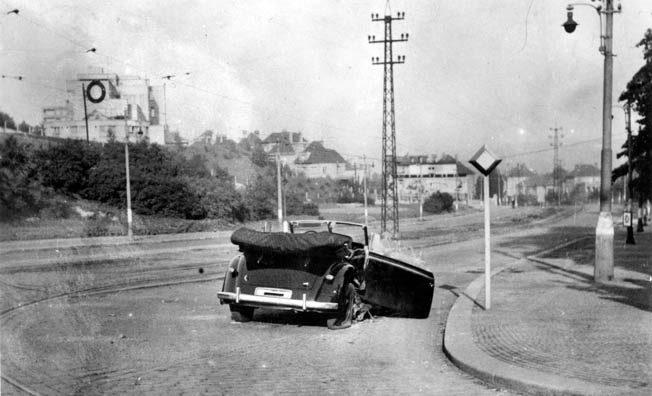
As Klein changed down to second gear at the sharp corner, Gabcik stepped forward, raised the automatic weapon from beneath his raincoat, and squeezed the trigger. Nothing happened. It was jammed. The Czech assassin stood momentarily frozen in disbelief as the vehicle swung around the bend in front of him. Heydrich saw his assailant, but instead of ordering Klein to drive out of the ambush to safety, he called for his driver to stop. It would prove a fatal error in judgment. As the dark green Mercedes ground to a shuddering halt, Heydrich stood up amid the screams of onlookers and drew his pistol to fight it out. Neither of the Germans noticed Kubis toss one of his grenades, but it fell short and exploded alongside the right rear wheel, ripping through the bodywork of the Mercedes and showering Heydrich with debris.
The Chaotic Escape
During the confusion, Valcik and Opalka had already managed to slip away unnoticed, but their two comrades at the scene were in mortal danger. Kubis, wounded by the blast from his bomb, lurched toward a railing with blood pouring from his face before quickly getting on his bicycle and dashing down the hill to safety. With Heydrich appearing unhurt, Klein briefly gave chase to the fleeing Kubis. Gabcik was still frozen to the spot holding his useless weapon as Heydrich came toward him. The would-be-assassin was forced to abandon his bike and take cover as bullets began whistling past him. He was trapped.
Heydrich had moved only a short distance toward his assailant, when suddenly he doubled over and staggered to the sidewalk in obvious pain. Gabcik seized the opportunity to make a run for it through the stunned crowd spilling from the tram. When Klein returned from his fruitless chase, Heydrich, his face pale and contorted in pain, pointed out the fleeing Czech and through gritted teeth hissed: “Get that bastard!”
Klein was quickly in pursuit, but the burly bodyguard struggled to keep pace with his nimble quarry. Finally the two men came to grips in the doorway of butcher’s shop where Gabcik managed to wound Klein and make good his escape to a prearranged safe house in Prague. Kubis had also made his way to safety, where his wound was treated. Both men were bitterly disappointed that Heydrich was still alive.
The Gestapo on the Scene
At the scene of the attack, Heydrich tried to walk but only succeeded in stumbling like a hopeless drunk before collapsing across the bonnet of his wrecked car then sliding to the pavement. Dozens of Czechs stood watching impassively as the most powerful man in Prague lay writhing on the ground in agony, but not a soul moved to help him. Finally, a young woman and an off duty police officer commandeered a truck and lifted the gravely wounded tyrant into the small cab. The jolting trip to Prague’s Bulkova Hospital proved too painful, so Heydrich was unceremoniously put in the back on his stomach among tins of floor polish.
In the hospital’s emergency ward an initial examination found lumps of wire, felt, horsehair, glass, and leather firmly imbedded in Heydrich’s back and side, but his prognosis seemed good. The shrapnel appeared to have inflicted only flesh wounds. Later x-rays, however, revealed that there was potentially serious internal damage: a broken rib, a ruptured diaphragm, and a metal splinters in his spleen.
Reports that a German general, perhaps the Reichsprotector himself, had been wounded in an attack reached Gestapo headquarters at about 10:45 am. Initially at least, it was not taken seriously, but when Gestapo agents arrived at the hospital to find Heydrich actually there, the situation changed dramatically. SS troops were immediately dispatched to secure the hospital and surrounding areas, while the top Nazi surgeon in Prague was summoned to perform emergency surgery.
As Heydrich was wheeled into the operating theater, the Gestapo were methodically sealing off the ambush site, rounding up witnesses, and piecing together the sequence of events. Evidence recovered from the scene included a fused bomb and a sten gun that pointed toward British involvement with Czech agents the prime suspects.
“Chaos of Catastrophic Proportions”
By the afternoon of May 27, news of the assassination attempt had traveled far and wide. People were initially stunned, but as the shock wore off, they were overwhelmed by paralyzing fear. However, it was not only the Czechs who were left badly shaken by the attack. With the declaration of martial law, the sudden state of emergency seemed to have sown the seeds of panic throughout the Protectorate’s German security forces. Two senior Gestapo officers who had arrived from Berlin that day were taken aback to find “chaos of catastrophic proportions” in Prague. They were surrounded by senior SS officers who appeared to have completely lost their heads as they frantically issued wild orders for drumhead court martials, mass executions, and wholesale arrests. It was painfully obvious to the two Berlin detectives that few among the local authorities had any idea what to do.
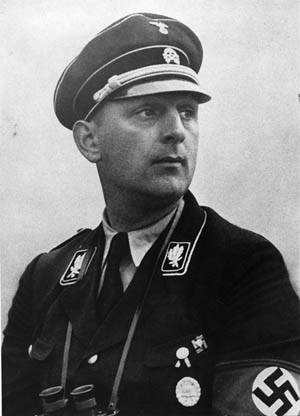
When details of the attack reached Hitler at his headquarters in East Prussia, he vowed to slaughter more than 10,000 Czechs; Himmler demanded that 100 prisoners already in custody be executed that very night. The savagery of the Nazi leadership was fueled by fear. The specter of assassination had reached the most powerful men in Nazi Germany for the first time.
Karl Hermann Frank, a high-ranking Czech Nazi, actually resisted calls for wholesale reprisals, but not on humanitarian grounds. He was concerned they would not only disrupt vital armaments production but also play into the hands of the exiles and provide damaging propaganda. Hitler reluctantly agreed to Frank’s proposal for “selective terror” but remained in a bloodthirsty mood. If the Czechs did not like Heydrich, he raged, he would send them someone a great deal worse. His choice was SS General Kurt Daluege, commander of the uniformed police and a man well credentialed in the art of terror. With fears of open revolt, Daluege’s first public announcements left the inhabitants of Prague in no doubt that he was firmly in control and would stop at nothing to maintain the security of the state.
The 10 million crown reward for the arrest of the assassins came with a warning stating that anyone who aided the assassins or withheld information would be executed along with their entire families; more than 462 death sentences were soon carried out to reinforce the threat. In the frightful period following the attack, dubbed the Heydrichiada by the Czechs, the Gestapo and SS literally tore the capital apart in search of Heydrich’s attackers. The largest manhunt in the history of the Third Reich resulted in at least 36,000 homes being raided and over 13,000 civilians being arrested.
Under Daluege, the violent German rampage seemed to have no boundaries—but in actual fact, Frank ensured that a tight rein was kept on reprisals. Believing that an implied threat would be as effective as the act itself, he ensured the Czechs remained in a constant state of nervous tension by orchestrating a rumor campaign warning of the dire consequences soon to befall the nation if the assassins were not surrendered. He also saw to it that the executions, of which there were hundreds, were not as random as many thought. Mindful of pushing the people over the edge completely, he stage-managed the killings by directing that only “anti-Nazi elements” be eliminated. He wanted to promote the perception that those Czechs who were loyal to the Reich would have nothing to fear. The reality for the population, however, was that as the death lists grew ever longer no one seemed to be safe no matter how loyal they had been.
The Death of Reinhard Heydrich
The Czech exiles in London learned of the attack through Prague radio on May 27. Even though Heydrich was still alive, Benes was buoyed by the news that he had been wounded, labeling it a clear rejection of Nazi rule and a warning that no one was beyond the reach of Allied justice. For the tens of thousands of Czechs enduring the horrific consequences, these inspiring words from the safety of far-off London carried little weight. Many who had been brutalized to the point of despair prayed that Heydrich would recover in the forlorn hope that it would bring an end to the murderous Nazi retribution.
Their prayers would not be answered.
Despite the best efforts of his doctors, Heydrich’s condition suddenly plummeted as septicemia took hold. Neither morphine nor transfusions could control the blood poisoning or his excruciating pain. Finally, a week after the attack, on June 4, Heydrich died.
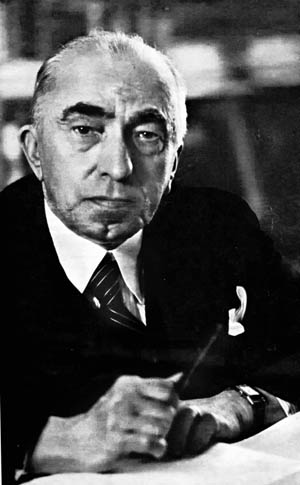
As news of the tyrant’s death swept through the Protectorate, the horrified Czechs braced themselves for a fearful new wave of terror; many anticipated the decimation of their entire nation. Savage German retribution was, however, put on hold as the Third Reich paused to bury one of its most evil sons. Presented to the world as the greatest Nazi martyr since Horst Wessel, Heydrich’s coffin was paraded on a gun carriage through the Old Town on June 7, then put aboard a black-creped funeral train for the journey to Berlin. In an attempt to placate the Nazis, Emil Hacha and other Czech government officials would escort the body to Germany.
Two days later an emotional Himmler delivered a lengthy eulogy at Heydrich’s lavish state funeral within the Mosaic Hall of the New Reich Chancellery. Hitler, more distressed than anyone could remember, was apparently too overcome to say more than a few words and bestow upon the slain SS general the highest class of the German Order, the Reich’s most distinguished medal.
Immediately following the ceremony, Hacha and his ministers endured a ferocious tirade from Hitler. The German leader, who had worked himself into an uncontrollable rage, made it clear that if the Czechs did not hand over the assassins he would think nothing of deporting the entire population. No one doubted that he meant what he said.
Retribution in Lidice
As a brutal warning against further armed resistance, he backed up his threats by ordering the total destruction of the small town of Lidice, 48 miles from Prague. The reprisal action at Lidice, which had been incorrectly connected with the assassins, was to become one of the most notorious Nazi atrocities of the war.
At 9:30 pm on June 9, 1942, SS troops and security police cordoned off the sleepy mining village, then dragged the families from their homes. The women and children were separated and placed inside the local schoolhouse, the men and older boys in a barn. At dawn the next morning the males were led out in groups of 10 and all 170 were shot. To speed up the killing a further 26 where burned alive in a nearby barn, while another 11 men returning to the village from night shift were also executed. The 200 women of Lidice were deported to Ravensbruck concentration camp, and more than 100 children were either handed over to SS families or sent to the concentration camp in Gneisenau. Only a handful would return after the war.
Having overseen the massacre or deportation of the entire population, the SS set about systemically destroying every building and structure in the village. After removing 84,000 square yards of rubble, they leveled the ruins, ploughed them over, and planted grain. With its name removed from the maps of the Protectorate, Lidice had been erased from the face of the earth.
The blood sacrifice of Lidice, however, did not satisfy the Nazi thirst for vengeance, and the campaign of ruthless terror ground on relentlessly. Frank ordered the use of loudspeakers to broadcast the names of people who had been executed each day. In the evenings, crowds gathered somberly at newsstands to read the latest list of those condemned to the same fate. More than 1,360 would be executed in Prague alone.
The Czech Agents Betrayed
Meanwhile, as the German security net tightened, the pressure on the fugitive Czech agents intensified. Not only were many of the safe houses in the city compromised, but roadblocks and train security made escape from Prague a virtual impossibility. In desperation, the local resistance organized temporary refuge for the assassins and a handful of other Czech agents in the crypt of St. Cyril and Methodius Church in central Prague. The lay preacher, Vladimir Petrek, had agreed to smuggle in the men, but not all of them could be found. Karel Curda, whose team had arrived in the Protectorate on the same aircraft as Gabcik and Kubis, had fled the German crackdown and remained at large.
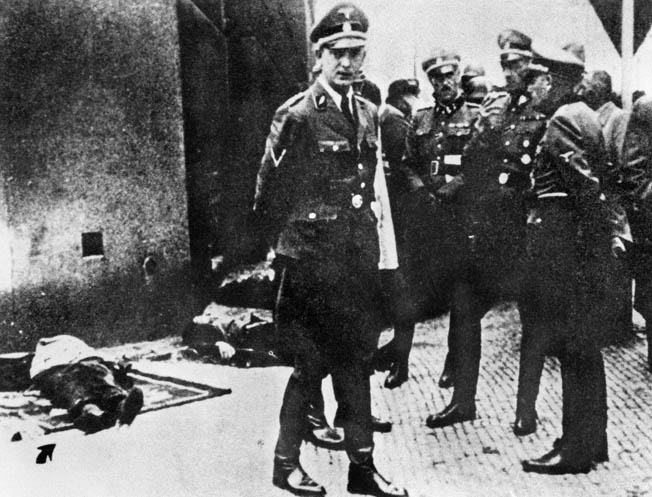
The seven fugitives settled into the dank catacombs as best they could, but the mounting death toll coupled with the reprisal action in Lidice, left Gabcik and Kubis absolutely distraught. They had fulfilled their mission but now, overwhelmed by a sense of personal responsibility and guilt, they decided to commit suicide in a park with placards around their necks stating they were Heydrich’s killers. They were talked out of it. Noble as the gesture was, it would hardly have satisfied the Nazis, who clearly wanted the assassins alive. With plans afoot to spirit them out of the city in a matter of days, there was nothing they could do but sit tight and wait.
The Gestapo, in the meantime, was at its wits end trying to break open the case after nearly two weeks had failed to unearth a single worthwhile lead. As the investigation ground to a complete standstill, Frank was under enormous pressure from Berlin to immediately instigate mass reprisals. He had in fact received an order from Himmler demanding that 30,000 politically active Czechs be arrested and executed. He balked at such action, but with Hitler’s patience wearing thin, time was running out. He needed to find the assassins quickly.
A new approach was needed as Prague’s frustrated criminal police came to realize that their draconian measures were perhaps working against them; no one would come forward for fear they would be executed for having previously withheld information. In a complete change of tactics the authorities offered an amnesty to anyone prepared to denounce the assassins or provide information leading to an arrest. This new approach proved an instant success. Whether motivated by greed or fear, informers came forward providing thousands of statements, among which the Gestapo discovered one anonymous letter that read: “Cease searching for the assassins of Heydrich; cease arresting and executing innocent people. I can’t stand it anymore. [The assassins] are a certain Gabcik from Slovakia, and Jan Kubis … from Moravia.”
The writer was himself a fugitive Czech parachutist, Karel Curda. His nerve had broken in the wake of the mass murders and terror that had followed Heydrich’s attack and, fearing for his life, he had turned traitor.
When the Germans did not act on his letter, Curda decided to go in person to the headquarters of the Prague Gestapo housed within the bluestone walls of the notorious Petschek Palace. Shaking with fear, Curda tried to tell the Gestapo that he knew something about the killing, but his stuttering was so severe the Germans could barely understand a word he said. Their skepticism immediately vanished when the Czech correctly identified Gabcik’s briefcase from 20 similar ones.
Having started down the path of betrayal, Curda could not stop and the Gestapo ensured that there was no turning back. Under intense questioning and beatings, he confessed to being an agent himself but, disillusioned with the exiled government in London, he had come forward to save his family from execution. While unable to provide the exact whereabouts of the assassins, his traitorous revelations divulged the locations of several safe houses including the home of the Moravec family.
Trapping the Assassins
At 5 am on June 17, the authorities converged on the home, but Marie Moravec managed to commit suicide before she could be questioned. The attention of the Gestapo turned to her teenage son, Ata, who was brutally beaten, tortured mercilessly and plied with alcohol. The teenager stood up manfully to his tormentors but finally broke when the Germans produced his mother’s severed head floating in a fish tank. The horrific sight pushed Ata over the edge, and he let slip that the resistance sometimes used the catacombs of the St. Cyril and Methodius Church in Prague as a refuge.
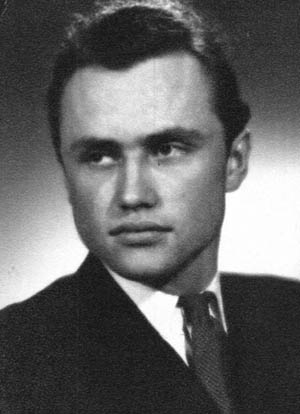
It was the break the Germans had been waiting for, and the area around the church was immediately cordoned off by more than 750 Waffen SS troops in full battle order. Just after 4 am on June 18, the Gestapo began a thorough search of the small baroque church but initially found nothing. When they turned their attention to the choir loft, however, they were greeted by a grenade followed moments later by small arms fire.
The SS troops stationed outside immediately raked the church with frenzied gunfire of their own, shattering windows and alerting local residents that something was going on. The Gestapo agents took cover and then beat a hasty retreat from the church. SS troops took their place, and after a two-hour close-quarter battle, Adolf Opalka, Jan Kubis, and another agent, Jaroslav Svarc, were killed or mortally wounded.
The Germans, believing more agents were in the church, discovered the concealed entrance to the catacombs beneath a flagstone. The only other access to the crypt was through an airshaft on an outer wall that opened onto the street. The SS wanted to storm the tomb, but the Gestapo were desperate to take the remaining agents alive, particularly Gabcik. They were anxious to prove to the world that Heydrich’s attack was not carried out by disgruntled local Czechs, but rather assassins trained and flown in from England. The Gestapo tried persuasion, promising the men would be treated as prisoners of war if they gave themselves up.
“We are Czechs; we shall never surrender!” was their defiant answer. Curda was then brought to the scene and approached the opening in the wall to speak to his former comrades: “Surrender boys, it’ll be all right,” he told them. A hail of bullets was their response.
The crypt appeared almost impregnable, so the Germans commandeered the Prague Fire Brigade to flood the burial chamber. The agents, using a ladder to reach the opening in the wall, quickly cut the hoses and pushed them out through the narrow stone vent. Tear gas was used, but it too was thrown back out. With the Germans unable to get in and the parachutist’s unable to get out, the tense standoff dragged on for hours.
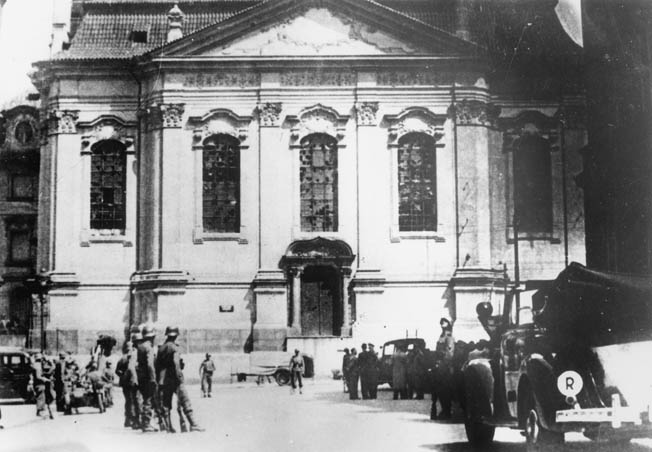
Frank, who had arrived on the scene in person, was furious that a handful of Czechs were very publicly holding at bay hundreds of elite German troops. He ordered a redoubling of efforts, but before the fire brigade tried again grappling hooks were used to drag the ladder from inside the crypt, preventing the agents from reaching the hoses.
SS troops battled their way to the crypt from inside the church but were beaten off with casualties. As the SS prepared to go back in for a final confrontation, onlookers on the street heard four shots ring out from within the catacombs. The trapped men had tried to dig their way through a wall toward the sewer, but with their ammunition now spent and water rapidly filling the crypt, time had run out. They chose to commit suicide with their pistols rather than surrender. Shortly afterward, the wet and bloody corpses were recovered and laid out on the pavement where the turncoat Curda was on hand to identify Valcik and Gabcik.
The Nazi’s Continued Vengeance
With Heydrich’s assailants dead, the people of Prague were desperate to bring an end to further German reprisals, and more than 250,000 Czechs took part in a mass rally in Prague’s Wenceslas Square, swearing an oath of allegiance to the Third Reich. A small group of Hacha’s puppet government officials even appeared in front of the cameras singing the Czech National Anthem with their hands raised in the Nazi salute.
However, neither this massive demonstration of loyalty to the Reich nor the death of the assassins satisfied German bloodlust. Throughout that long awful summer, the reprisals continued. In late June, 500 SS troops and police converged on the small village of Lezaky, which was inhabited by poor stonecutters. The adults were executed, the children killed or resettled with German families, and the village torn down.
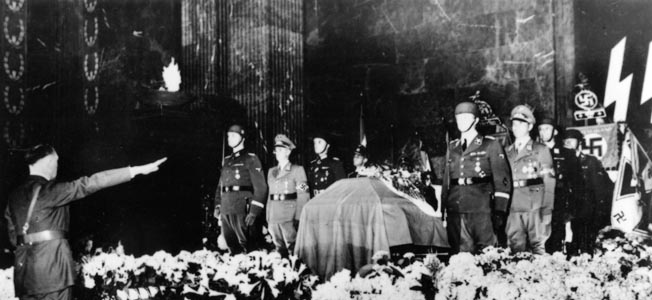
In September, 13 church officials and members of the congregation were executed, and later that month 252 relatives and supporters of the dead agents were arrested. During their interrogations, many were confronted with the severed heads of the seven agents impaled on stakes. All were eventually murdered in Mauthausen concentration camp on October 24, 1942.
In all, more than 5,000 Czechs had paid with their lives for the death of Reinhard Heydrich.
The Legacy of Operation Anthropoid
For reasons best known to themselves, the Allies, with the support of the Czech government in exile, generally attributed Anthropoid to members of the local resistance and hailed the attack as a symbol of Czech opposition to Nazi tyranny. The role of the specially trained agents was never mentioned.
The assassination, coupled with the highly publicized destruction of Lidice and Lezaky, did help the Czech cause in two important ways. It not only dispelled any doubt that Czechoslovakia was on the side of the Allies, but created worldwide outrage and sympathy for the Czechs that helped Benes secure the political concessions for which he had fought tenaciously since 1939. The expectation, however, that the attack would breathe new life into the Czech underground movement was proven to be sheer folly. The home resistance was already hopelessly crippled by Heydrich, and in the wake of his assassination the SS annihilated most of what remained—but not all.
In May 1945, the smoldering embers of the resistance movement reignited to brutally settle old scores. Karl Hermann Frank and Kurt Daluege tried to escape justice but were returned to Prague and hanged in 1946. The unrepentant Karel Curda, who had received 5 million crowns for betraying his comrades, was convicted of high treason and executed. Emil Hacha would die a broken man in a Czech prison in June 1945.
Heydrich was the highest ranking Nazi to be assassinated by resistance forces during the war, but in postwar Czechoslovakia the public outrage over the reprisals was so intense that few London exiles would admit any connection to the operation. They had perhaps taken their lead from the ailing Eduard Benes himself, who, following his reelection as the nation’s president, avoided the topic all together and in fact refused to speak about the matter at all.
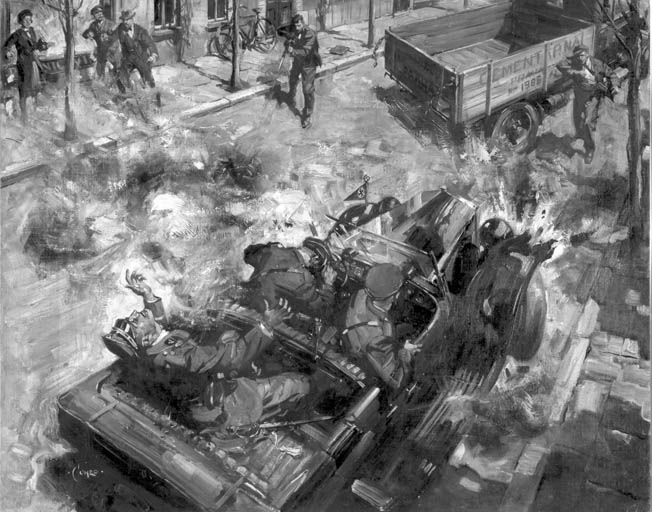
In time, a conspiracy of silence would descend over the whole tragic affair, but to this day Anthropoid remains the subject of passionate historical debate.
The Czechs, however, did not direct their anger at the four assassins. More than 60 years later these men are still revered as national heroes and are commemorated by memorials in both Great Britain and the Czech Republic, the crypt within St. Cyril and Methodius Church in Prague being one of the most moving.
As for Reinhard Heydrich, in death as in life his name will forever remain connected to not only the murderous regime that created him but to the courageous Czech patriots who brought about his demise. It is perhaps fitting that within Berlin’s Invalidenfriedhof Cemetery the grave of one of history’s most evil mass murderers remains to this day unmarked, untended, and largely unknown.
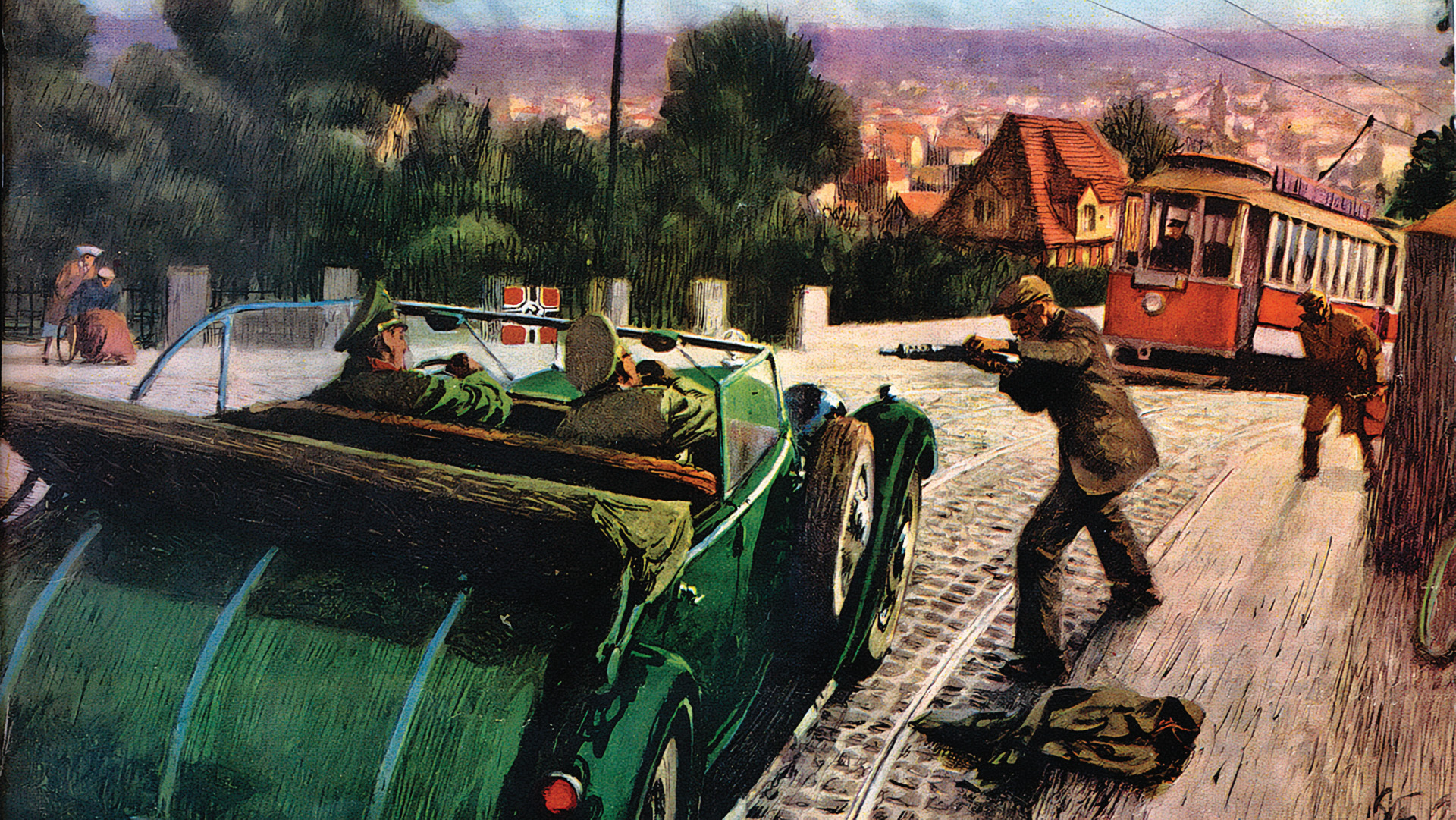
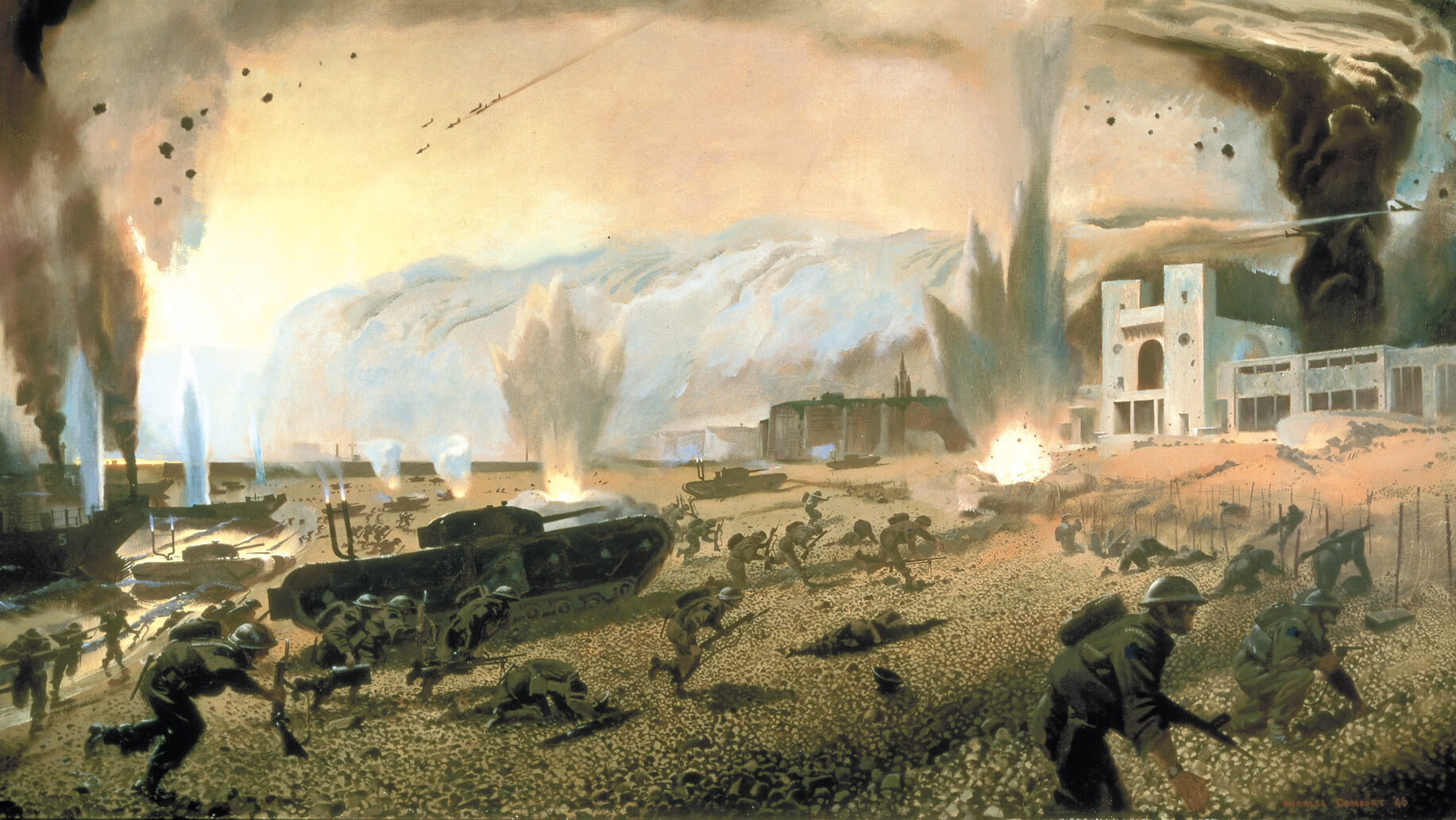
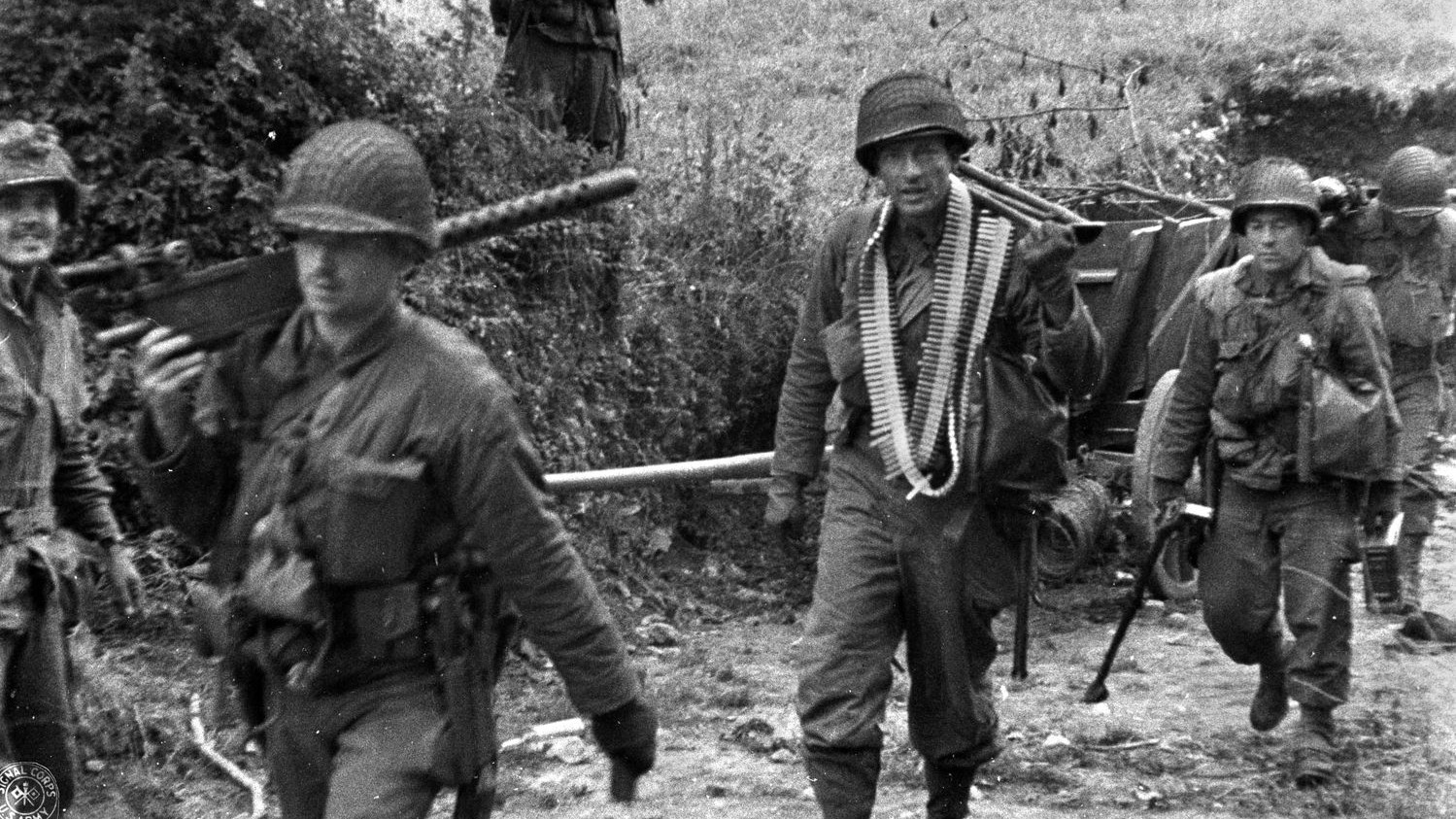
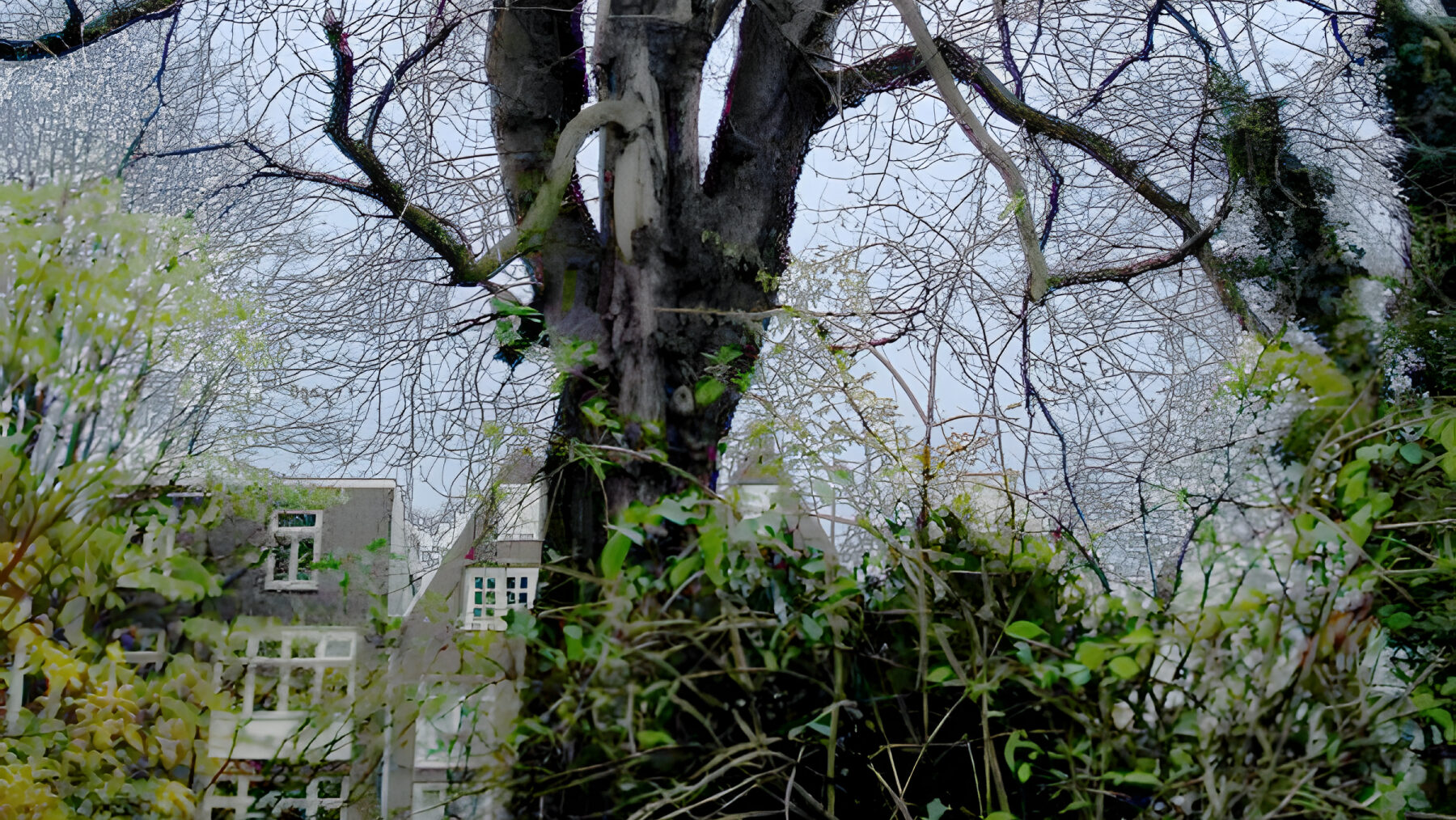
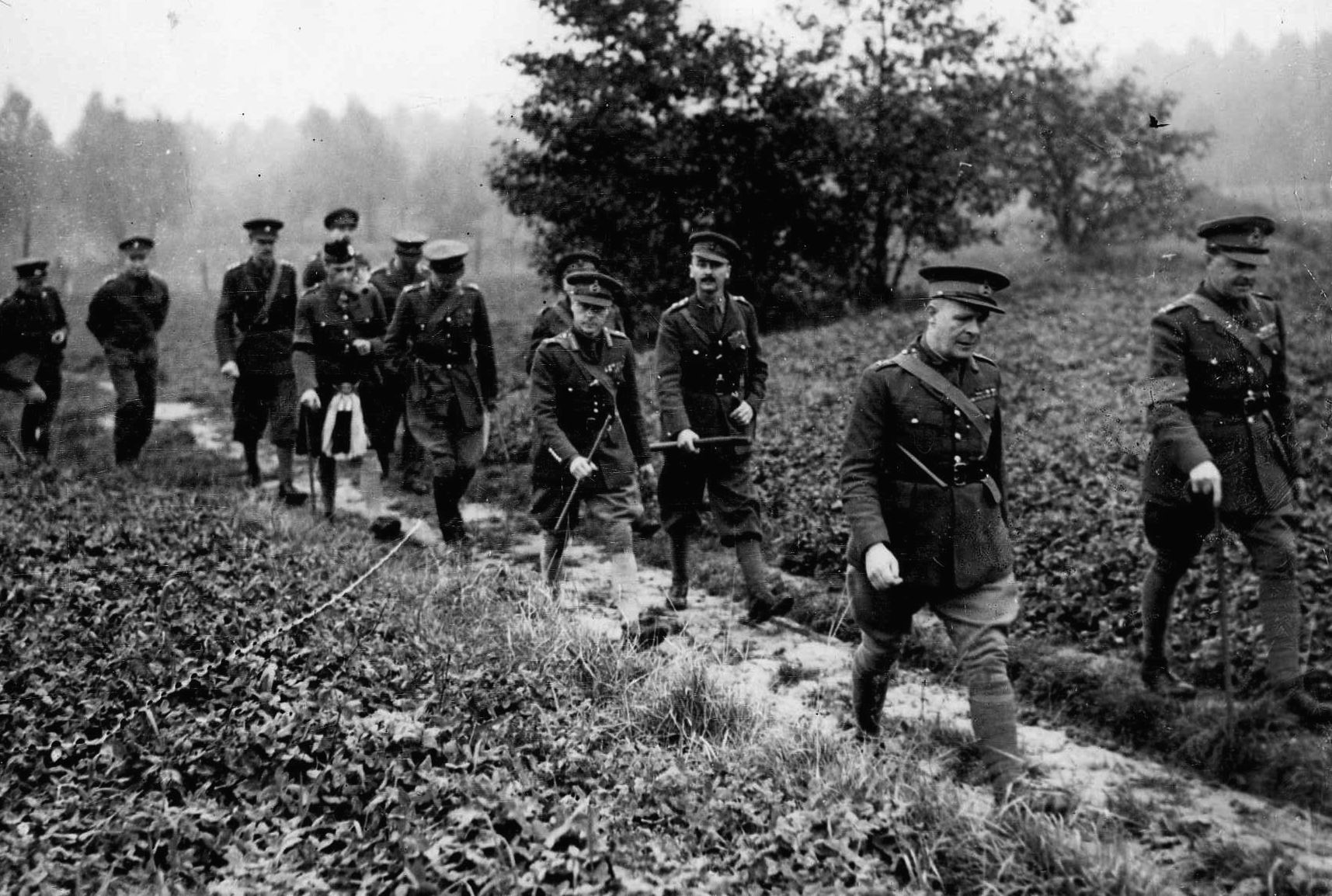
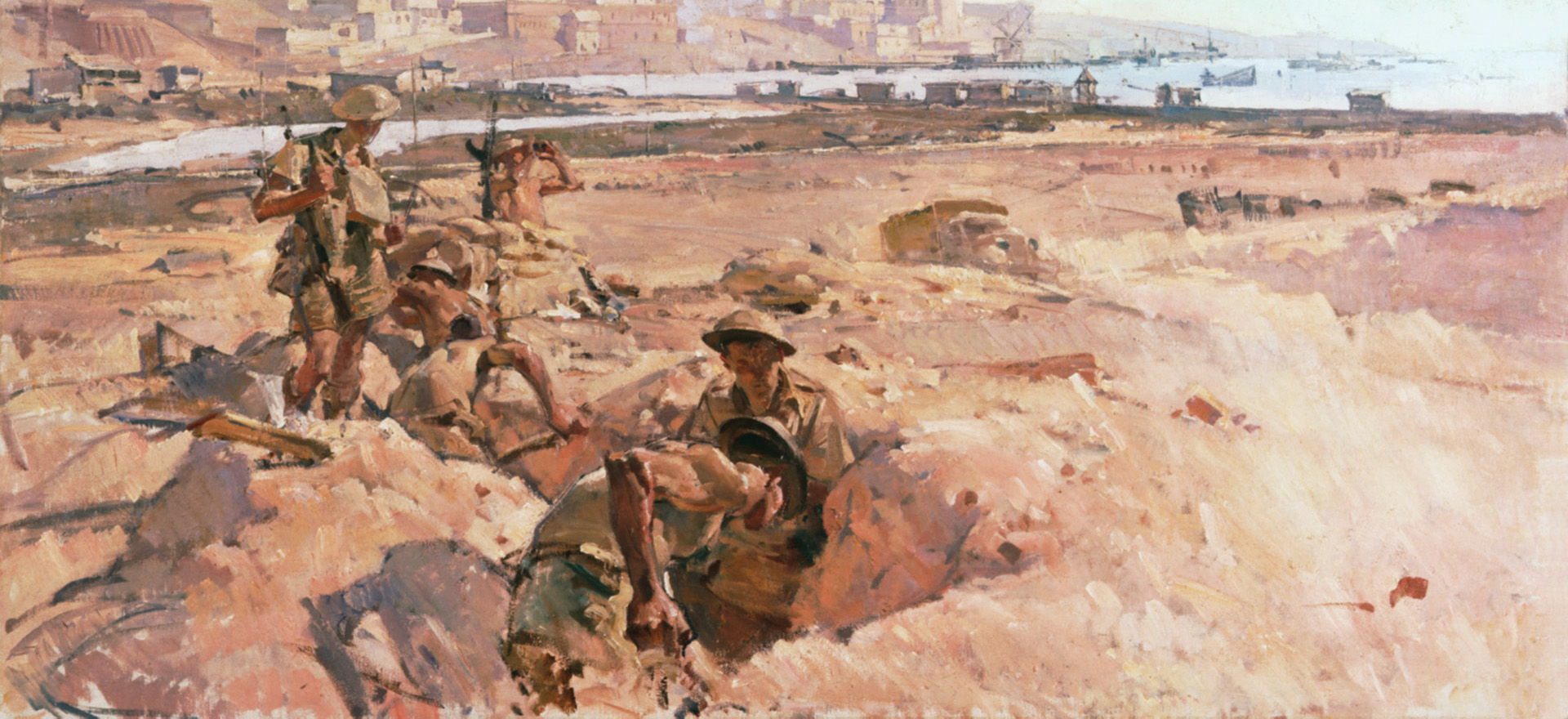
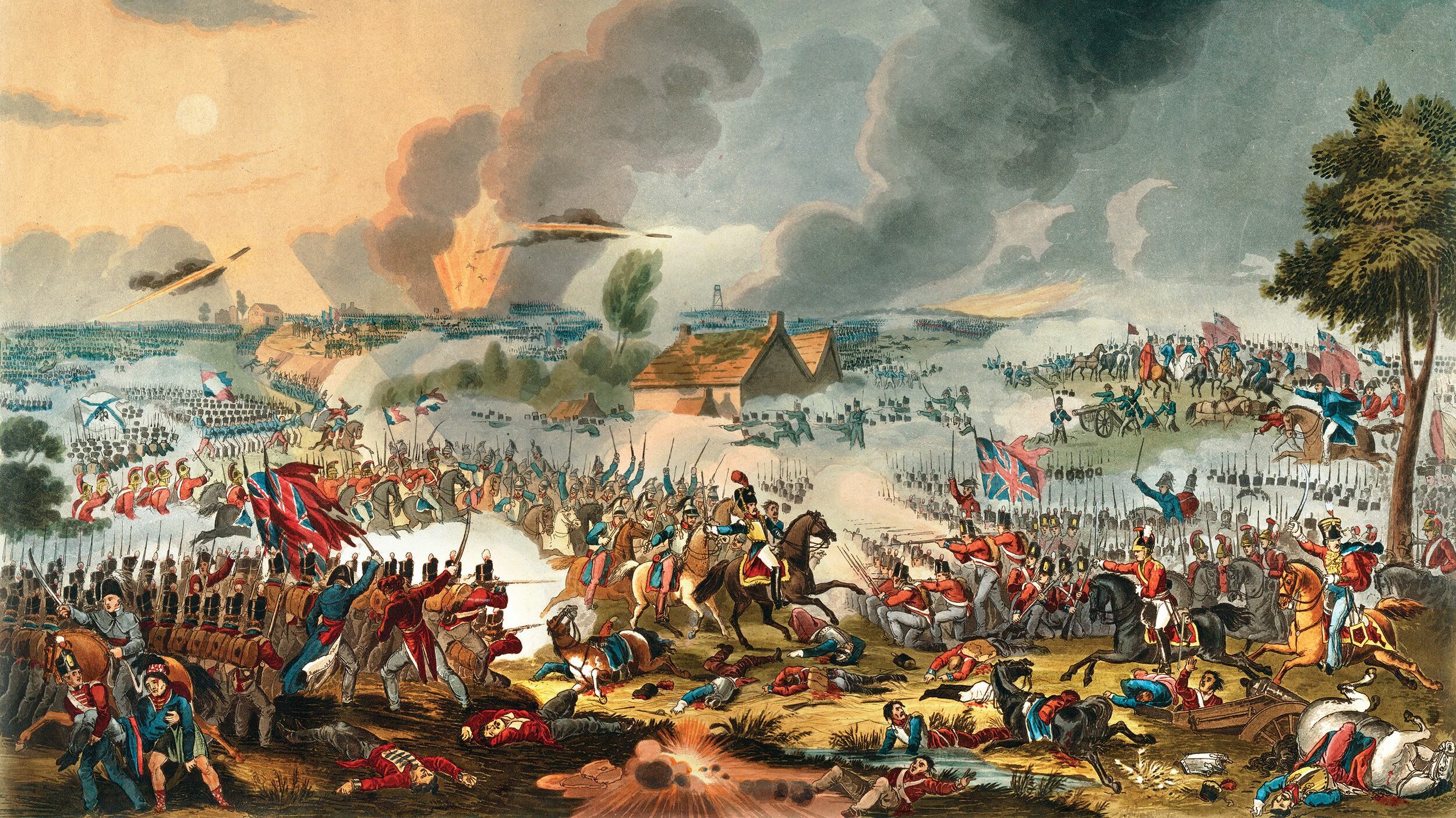
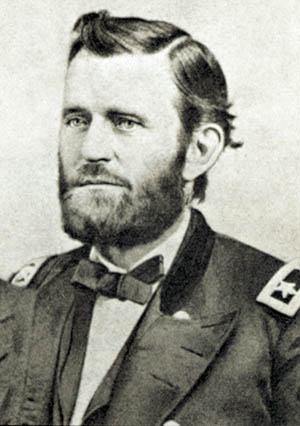
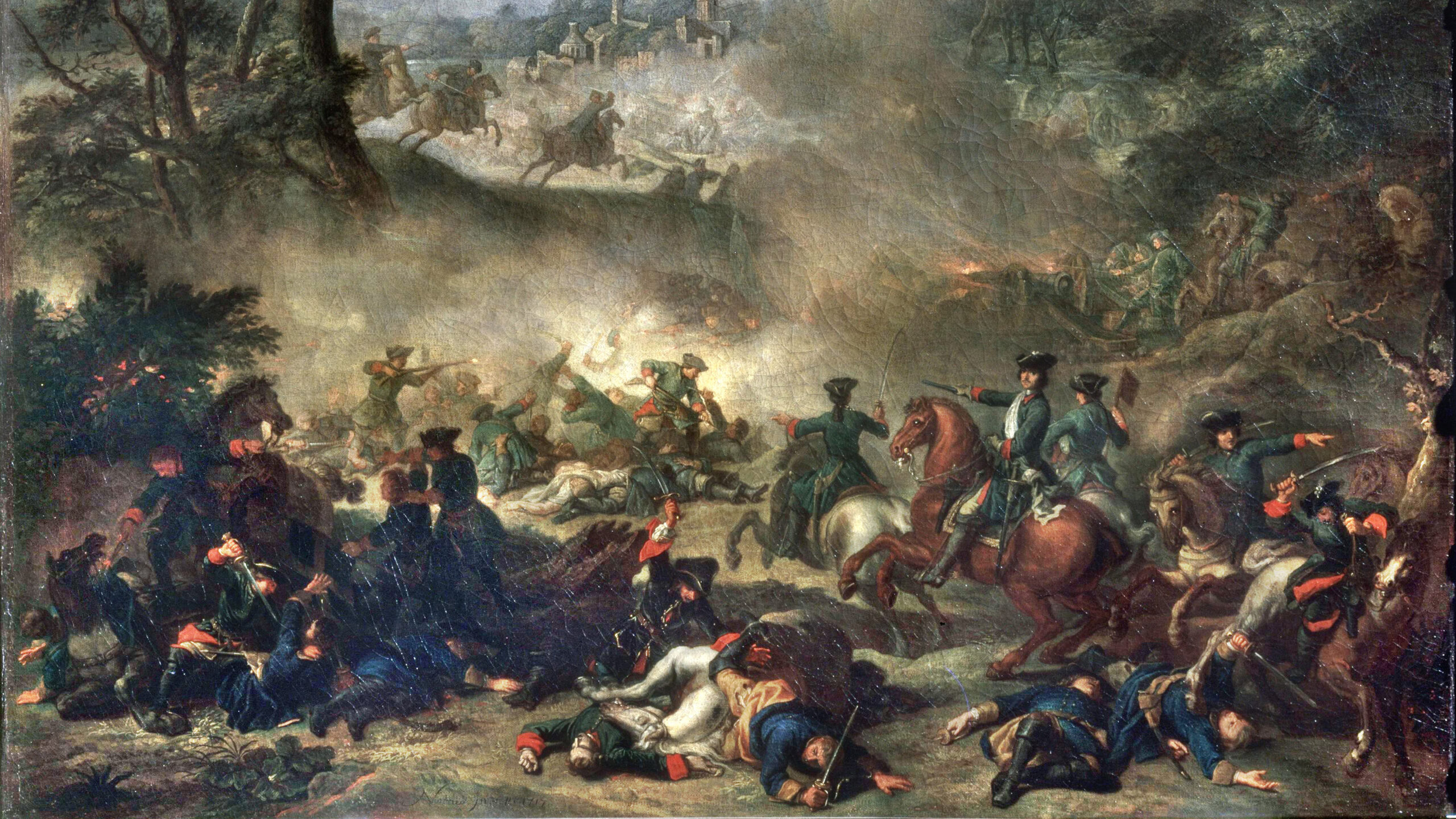
The resistance was quite aware by 1942 that the reprisals would be severe if the assassination was successful. However, the hope that the movement would be energized by the operation was not realistic. The Czech operations was not as well supplied nor did it have have a large number of operatives as in France or the Netherlands. The best that can be said about the mission is that it demonstrated the Czechs would fight and it put high Nazi officials on notice that they too could be vulnerable, never mind that the resistance was in no condition to carry out any large operations after the reprisals. Finally, although there was no direct connection to the events, the strain between German oriented Bohemia/Moravia and the Slavic areas resulted in separation of the areas into two nations in 2002. There are still some in both counties that hope for an eventual reunification but the prospect seems dim at the present time.
Super and detailed. Great article
Super and detailed. Great article. Loved the accuracy.
It should have been pointed out that Heydrich organized the Wannsee conference where the plans for the ‘Final Solution’ of the Jewish people were finalized.
You’ll find references to Heydrich and the Wannsee Conference in a number of our stories. Here is a link to a story specifically about the Wannsee Conference.
https://warfarehistorynetwork.com/2016/10/13/the-wannsee-conference-hitlers-final-solution/
Superb details coupled here with solid writing by Richard Rule.